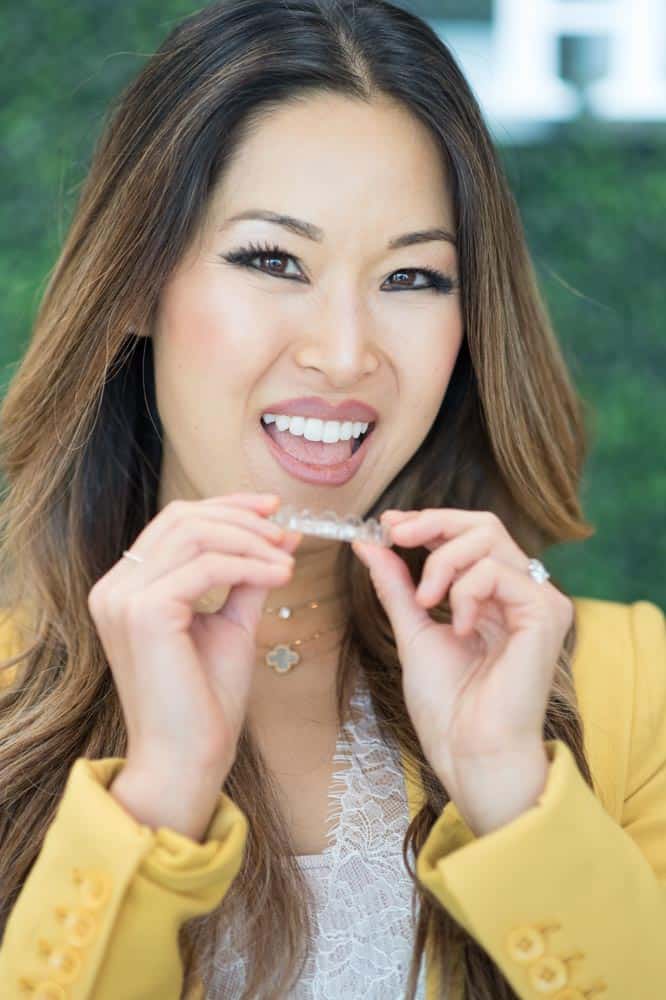
Did you know that the ancient Egyptians used a mixture of vinegar and pumice stone to remove stains and whiten their teeth? It’s not surprising that they found rudimentary ways to whiten, since a brighter smile makes anyone look younger and more attractive – regardless of what time or place they live in!
Thankfully, we have very different (not to mention more effective) methods for teeth whitening in Richardson today. But if you’ve recently whitened your teeth, you may have experienced a common side effect: sensitive gums. So, what causes this sensitivity and what can you do about it? Keep reading to find out!
HOW CAN WHITENING IRRITATE YOUR GUMS?
The whitening gel contains hydrogen peroxide and carbamide peroxide. As any cosmetic dentist in Richardson will tell you, these two chemicals are absolutely safe for your teeth and will whiten them without any risk to your enamel.
Your soft tissues are another matter, however. If whitening gel comes in contact with your gums, you can get a mild, temporary chemical burn. This is a lot like a sunburn – it’s a bit uncomfortable, but it will heal fairly quickly with a little extra TLC!
HOW CAN YOU PREVENT AND TREAT GUM IRRITATION?
As with most things, an ounce of prevention is worth a pound of cure. Here are some ways to prevent gum irritation from whitening:
- Use professionally made custom trays – The more precisely your trays fit, the less likely the gel is to come in contact your gums.
- Be careful with the amount of gel you use – Less is more! You should only be using about the size of a grain of rice or less.
- Wipe any excess gel away immediately – Use a damp, cotton-tipped applicator to remove any gel that’s touching your gums as soon as possible.
In the vast majority of cases, gum irritation from whitening is quite mild. However, if you experience severe pain or notice any light bleeding, don’t hesitate to call a dentist in Richardson! They’ll be able to advise you on how to get immediate relief or will recommend coming in for an evaluation if necessary.
For most people, simply swishing with salt water a few times a day will soothe the tissues and promote healing. You can also take an over-the-counter pain medication as needed. Finally, it’s also a good idea to wait a day or two before you resume whitening to give the tissue a chance to fully heal.
Whitening is a safe, reliable cosmetic option for transforming your smile. With these tips, you’ll be able to get fantastic results as comfortably as possible. No pumice or vinegar required!
ABOUT THE AUTHOR
Dr. Christine Coughlin is a general, restorative and cosmetic dentist who loves seeing how whitening can transform the smiles of her patients. She always takes the time to explain potential side effects and how to take care of them so that patients can get great results with very little discomfort. If you have any questions, she can be contacted via her website or at (972) 7248-9119.






add a comment
+ COMMENTS